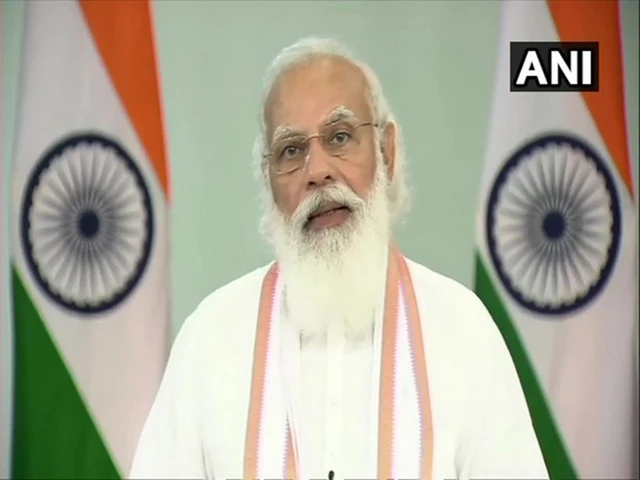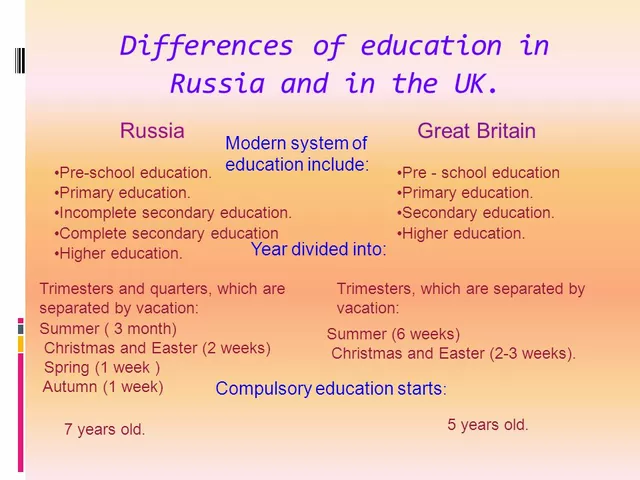What are some common difference between India and America?

Cultural Differences
One of the most striking differences between India and America is their cultural practices and beliefs. India has a rich and diverse culture, deeply rooted in traditions and customs. The Indian culture places great importance on family values and the roles of each family member. On the other hand, American culture is more individualistic, with people often prioritizing their own needs and desires over those of their family. This difference in cultural values can be seen in various aspects of life, such as social interactions, religious practices, and family dynamics.
Another key difference in the cultural sphere is the concept of time. In India, time is often seen as more fluid, with events and appointments being more flexible. In America, punctuality is highly valued, and being late to an appointment or event is often considered disrespectful. This difference in the perception of time can lead to misunderstandings between people from these two countries, especially in professional settings.
Education System
The education systems in India and America also have some significant differences. In India, the education system is more focused on rote learning and memorization, with students often having to learn vast amounts of information to pass exams. This emphasis on memorization can sometimes stifle creativity and critical thinking skills. In contrast, the American education system places more importance on problem-solving, critical thinking, and creativity. Students are often encouraged to think for themselves and develop their own opinions, rather than just memorizing facts.
Another key difference between the two education systems is the way they are structured. In India, education is divided into four main stages: pre-primary, primary, secondary, and higher education. In America, the education system is divided into three levels: elementary, middle, and high school, followed by college or university. The grading systems also differ, with India using a percentage-based system, while America uses a letter-grade system.
Language and Communication
Language is another area where India and America differ significantly. India is a linguistically diverse country, with over 1600 languages spoken across its vast territory. However, the two official languages are Hindi and English, with English being widely used for business and government communications. In contrast, the primary language spoken in America is English, with Spanish being the second most widely spoken language.
The communication styles between the two countries also differ. Indians tend to be more indirect and polite in their communication, often using gestures and body language to convey their feelings or opinions. Americans, on the other hand, are more direct and assertive in their communication, often expressing their opinions openly and without hesitation. This difference in communication styles can sometimes lead to misunderstandings or misinterpretations between people from these two cultures.
Food and Cuisine
Food is an integral part of any culture, and there are some notable differences between Indian and American cuisine. Indian food is known for its rich flavors, aromatic spices, and diverse range of dishes. Some popular Indian dishes include biryani, curry, and naan bread. American cuisine, on the other hand, is known for its fast food culture and dishes such as hamburgers, hot dogs, and pizza. While both countries have a variety of cuisines to offer, the flavors and types of dishes can vary greatly.
Another difference between Indian and American food is the way it is consumed. In India, it is common for people to eat with their hands, using bread or rice to scoop up the food. In America, people typically use utensils such as forks, knives, and spoons to eat their meals. This difference in eating habits can sometimes take some getting used to for people visiting or living in these countries.
Work Culture and Business Practices
The work culture and business practices in India and America also have some significant differences. In India, the work environment is often more hierarchical, with employees expected to show respect and deference to their superiors. Decision-making is usually centralized, with senior management making most of the key decisions. In contrast, American work culture tends to be more egalitarian, with a greater emphasis on collaboration and teamwork. Decision-making is often more decentralized, with employees at all levels being encouraged to contribute their ideas and opinions.
Another difference between the two countries is the attitude towards work-life balance. In India, employees often work long hours and may be expected to be available for work even outside of normal business hours. In America, there is a greater emphasis on work-life balance, with employees generally working a standard 40-hour work week and enjoying more personal time outside of work. This difference in work culture can have a significant impact on the overall quality of life for people working in these countries.
Festivals and Celebrations
Festivals and celebrations play an important role in both Indian and American culture, but the types of events and the way they are celebrated can be quite different. India is known for its vibrant and colorful festivals, such as Diwali, Holi, and Eid. These festivals often involve elaborate decorations, traditional dances, and the exchange of gifts and sweets among family and friends. In America, some of the most popular celebrations include Thanksgiving, Christmas, and the Fourth of July. These events often involve family gatherings, feasting, and various forms of entertainment, such as parades, fireworks, and sporting events.
While both countries have their own unique celebrations, there is also some overlap in the types of events celebrated. For example, both India and America have their own versions of New Year's celebrations, with each country marking the occasion in its own unique way.
Religion and Spirituality
Religion and spirituality play a significant role in the lives of people in both India and America, but the religious landscape in each country is quite different. India is a predominantly Hindu country, with Hinduism being the largest religion, followed by Islam, Christianity, and Sikhism. The country is also the birthplace of Buddhism and Jainism. In contrast, America is predominantly Christian, with Protestantism being the largest denomination, followed by Catholicism and other Christian denominations.
Despite these differences in religious beliefs, both countries have a rich history of religious diversity and tolerance. In India, people of different faiths often live side by side, and many religious festivals are celebrated by people from various communities. In America, religious freedom is enshrined in the Constitution, and people are free to practice their faith without fear of persecution.
Transportation and Infrastructure
Transportation and infrastructure also vary greatly between India and America. India has a vast and complex transportation network, including railways, buses, and autorickshaws. While the public transportation system in India is extensive, it can often be crowded and unreliable. In contrast, America has a well-developed infrastructure, with extensive road networks, public transportation systems, and air travel options. However, public transportation in America is not as widely used as in India, with many people relying on cars as their primary mode of transportation.
Another difference between the two countries is the state of their infrastructure. India is a developing country and faces many challenges in terms of infrastructure development, such as poorly maintained roads and inadequate sanitation facilities. In contrast, America is a developed nation with a well-maintained infrastructure, although there are still areas that require improvement.
Social Norms and Etiquette
Last but not least, social norms and etiquette differ significantly between India and America. In India, social norms are deeply rooted in the country's cultural and religious beliefs. For example, it is customary for people to greet each other with a "Namaste," which involves placing the palms together and bowing slightly. In America, people typically greet each other with a handshake, hug, or sometimes a casual wave.
Etiquette around personal space and physical touch also varies between the two countries. In India, it is common for people of the same gender to display affection through holding hands or hugging, while in America, such displays of affection are generally reserved for close friends and family members. Understanding and respecting these differences in social norms and etiquette is crucial for anyone visiting or interacting with people from these two countries.



